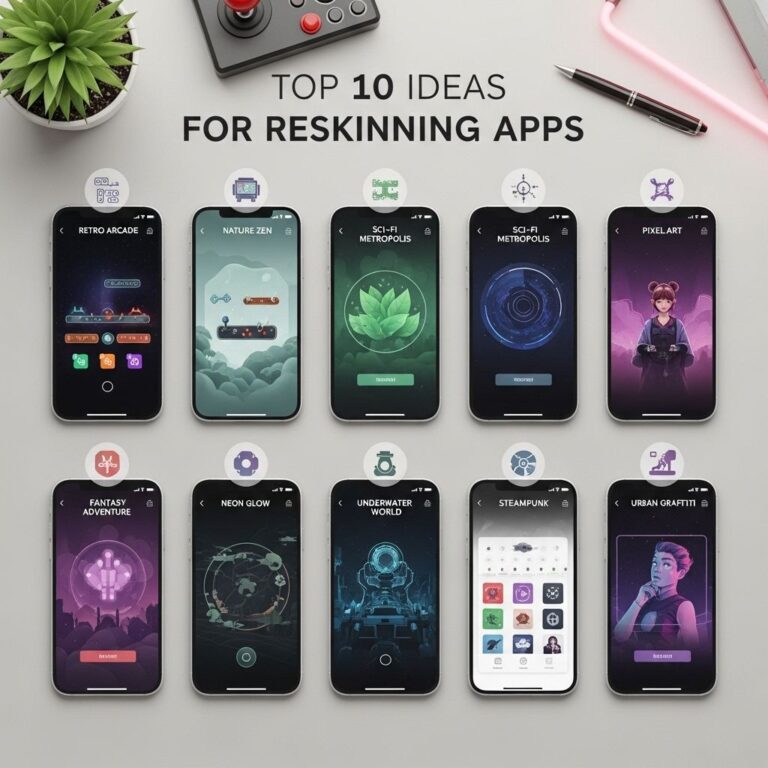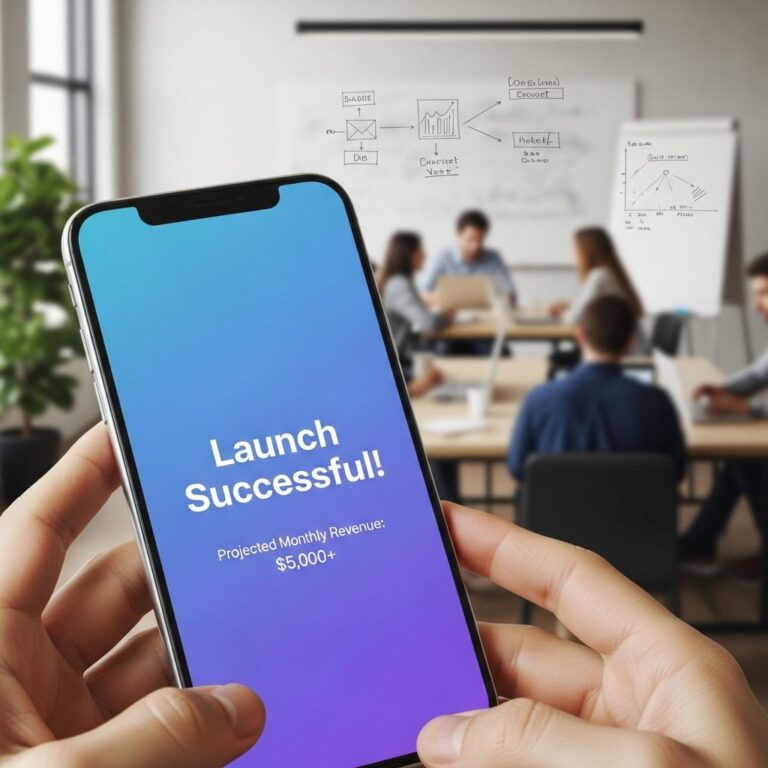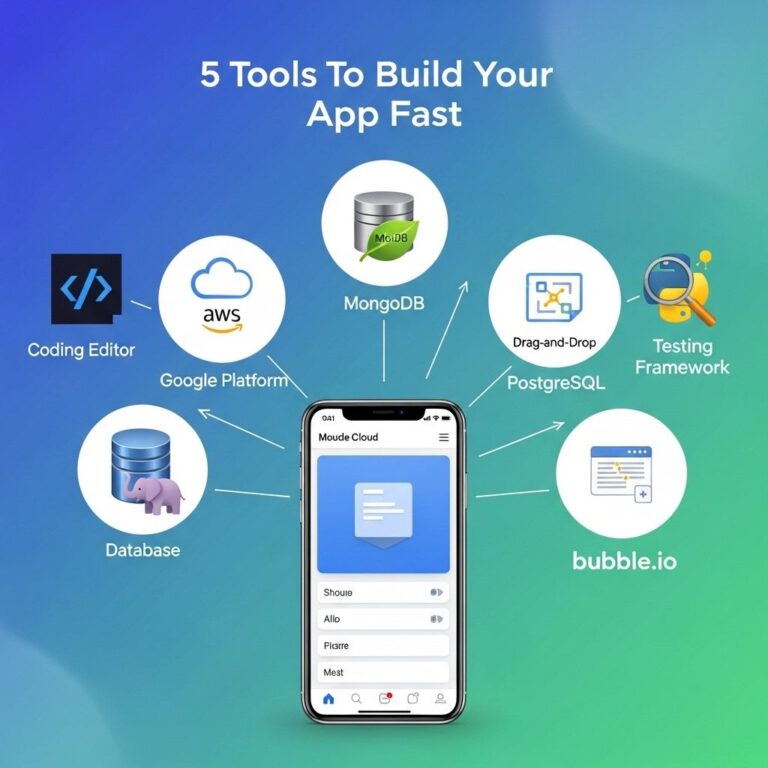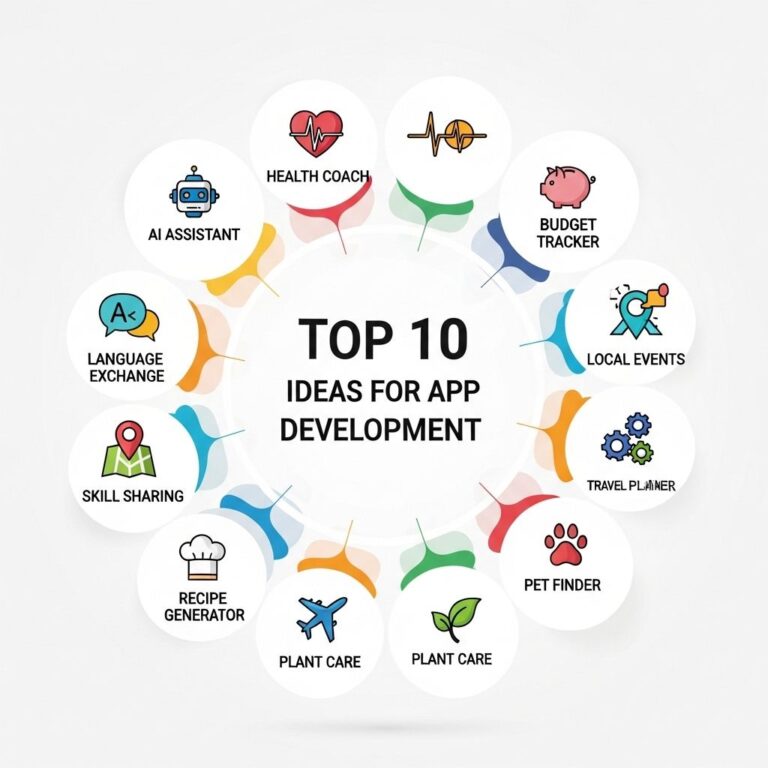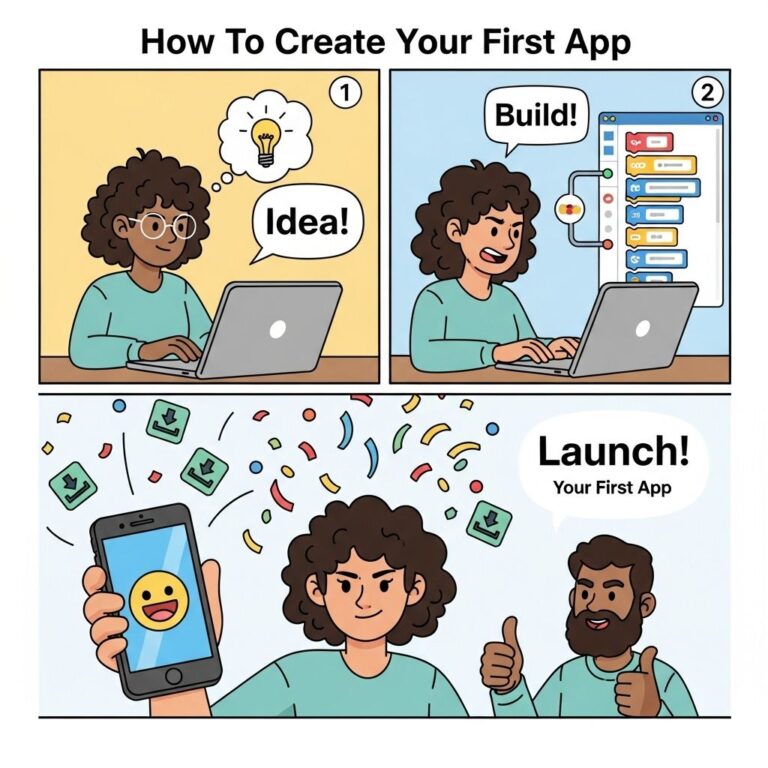Creating your first app can be a thrilling experience, especially in today’s tech-savvy world where mobile applications play an integral role in our daily lives. Whether you have a brilliant idea you want to bring to life or are simply curious about app development, the process can seem daunting. However, with the right guidance and resources, building your first app can be a straightforward and enjoyable journey.
Table of Contents
Understanding the Basics of App Development
Before diving into the app development process, it’s essential to understand some basic concepts. This foundational knowledge will help you make informed decisions.
Types of Apps
- Native Apps: Built for specific platforms (iOS, Android) and offer high performance.
- Web Apps: Accessible via web browsers and are platform-independent.
- Hybrid Apps: Combine elements of native and web apps, enabling cross-platform functionality.
Choosing the Right Development Tools
The choice of tools can significantly impact your development experience. Here are some popular tools and platforms you might consider:
| Tool/Platform | Type | Key Features |
|---|---|---|
| Android Studio | Native (Android) | Rich development environment, emulators, and debugging tools. |
| Xcode | Native (iOS) | Interface builder, code editor, and testing features. |
| React Native | Hybrid | Cross-platform capabilities, reusable components, and fast refresh. |
| Flutter | Hybrid | Beautiful UI, rapid development, and native performance. |
Planning Your App
Effective planning is essential for a successful app. Follow these steps to ensure a structured approach.
1. Define Your Idea
Clarify the purpose of your app. Ask yourself:
- What problem does my app solve?
- Who is my target audience?
- What features are essential for the first release?
2. Create Wireframes
Wireframes are simple sketches of your app’s interface—think of them as the blueprint for your app. Use tools like Sketch or Figma to create your wireframes.
3. Design the User Experience (UX)
Focus on how users will interact with your app. Consider the following:
- Navigation flow
- Visual hierarchy
- Accessibility features
4. Gather Feedback
Before you start coding, gather feedback on your wireframes and designs from potential users. This will help you refine your concept.
Getting Started with Development
Once planning is complete, it’s time to start coding. This section outlines the steps involved in the development process.
1. Set Up Your Development Environment
Install the necessary software tools based on your chosen platform. For instance, if you’re developing for Android, download Android Studio.
2. Build Your First Screen
Start with building the main screen of your app. For example, if you’re using React Native, you can create a simple component:
import React from 'react'; import { View, Text } from 'react-native'; const App = () => { return ( Welcome to My First App! 3. Implement Core Features
Focus on integrating key features that define your app. For instance, if it’s a to-do list app, implement functionality for adding and removing tasks.
4. Test Your App
Testing helps identify bugs and usability issues. Utilize both manual testing and automated testing tools. Consider:
- Unit Testing
- User Acceptance Testing (UAT)
Publishing Your App
Once you’ve developed and tested your app, it’s time to launch it to the public. Here’s how to go about it:
1. Prepare for Launch
Make sure all app store requirements are met, including:
- App icon
- Screenshots
- App description and keywords
2. Submit to App Stores
Follow the submission guidelines for the Apple App Store or Google Play Store. Ensure you adhere to their review processes.
3. Promote Your App
Marketing is crucial for the visibility of your app. Consider the following strategies:
- Social Media Marketing
- App Review Sites
- Influencer Collaborations
Gathering User Feedback and Iterating
Once your app is live, gather user feedback to improve it further.
1. Monitor Analytics
Use analytics tools to track user engagement and app performance. Tools like Google Analytics or Firebase can provide insights.
2. Collect User Feedback
Encourage users to leave reviews and feedback. Use this information to make necessary updates.
3. Update Regularly
Keep your app fresh by releasing regular updates that fix bugs and add features based on user feedback.
Conclusion
Creating your first app is an exciting journey that requires a blend of creativity, technical skills, and business acumen. By following the structured approach outlined in this article, you can develop a successful app that resonates with users. Remember, the app development process is iterative. Each version you release is an opportunity to enhance your app based on user experiences and feedback. Embrace the challenges, learn continuously, and enjoy the creative process!
FAQ
What is the easiest way to create my first app?
The easiest way to create your first app is to use app-building platforms like Appy Pie, BuildFire, or Thunkable that provide drag-and-drop interfaces.
Do I need coding skills to create an app?
No, many app builders allow you to create apps without any coding skills, using pre-designed templates and features.
What are the basic steps to create an app?
The basic steps to create an app include defining your app idea, choosing a development platform, designing the user interface, developing the app features, and testing it.
How long does it take to create an app?
The time it takes to create an app varies, but using app builders can take anywhere from a few hours to a couple of weeks, depending on complexity.
How do I publish my app after creating it?
To publish your app, you need to create developer accounts on platforms like Google Play and Apple App Store, then follow their guidelines to submit your app.
What is the cost of creating an app?
The cost of creating an app can range from free using app builders to thousands of dollars for custom-built apps, depending on features and complexity.


